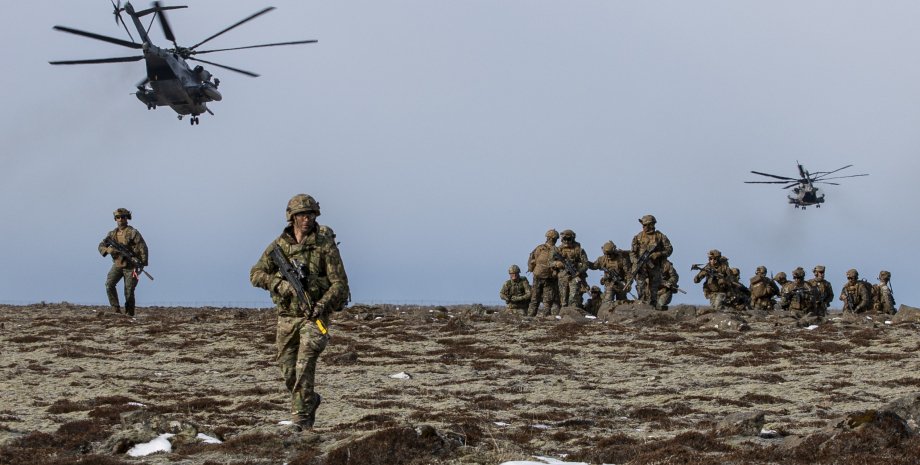
The focus understood that he would change in the Alliance Defense Strategy. The full -scale invasion of the Russian Federation into Ukraine has already become the most expensive conflict in Europe since the Second World War, so NATO has transformed its approach to defense to perform the functions for which the Alliance was created - the protection of its participants from the first day of the war. Prior to the start of a full -scale war, NATO had a retribution strategy.
She assumed that in the event of an attack on NATO member country, the Alliance has 90 days for consultation for reaction. It was assumed that at the initial stage of aggression, the country could be partially or fully occupied. Allied forces will accumulate remedies to derive or discard the enemy from the territories. A broad approach to security was taken after the Cold War.
According to the Center for Strategic and International Research (CSIS), it meant that restraint ceased to be a must and a NATO strategy. The focus was on cooperation, consultations, collective defense and conflict prevention. The "advanced defense" that formed a NATO shield and the doctrine of "massive retribution" and "flexible response" that were NATO sword, almost disappeared or at least decreased by scale and ambitions to a point where they were significantly different, "analysts write.
The whole hope was for reinforcement and replenishment of reserves in Europe and North America. After the Cold War, NATO no longer had the most powerful set of strength, on the contrary, the Alliance disarmed. In 2014, after the annexation of Crimea and the onset of the Russian Federation in NATO, NATO's call. . In order to strengthen the protection of the borders, the Eastern borders of NATO were increasing.
In 2016, it was decided to increase the pre -presence in the Baltic and Poland with additional rapid response battalions. After the start of a full -scale war and Russian atrocities in Bucha, Mariupol, and Kherson, the country. that they should not be occupied and risk. In the first days of a full -scale invasion of the Armed Forces, the Russian Federation occupied more territories than some Baltic countries. Therefore, NATO made a historical decision - to return to the cancellation strategy.
This means that the key element will now be an extension of armies to be more noticeable to the Russian Federation. There are no fears of "upset" the Kremlin, they write in The New York Times. Also, the Alliance will transfer more troops under the direct control of NATO's senior military leadership in Europe, General Christopher Cavoli, who also commands US troops in Europe.
Also, a major change is that America is returning to the Defense Center for Defense to plan defensive actions together with NATO. One of NATO's high -ranking officials says that the United States has united its warfare plans with the Allies for the first time since the Cold War. NATO's Eastern Flanging will now be protected. The planning and requirements of the Alliance will become more specific. Countries will not refuse to the needs of armies, they have to return the Alliance to fight in Europe.
Since 2014, the total defense costs in NATO have increased by $ 350 billion-despite the fact that only 8 of 31 member countries have reached the figure when 2% of GDP should go to the army. One of the most vulnerable places in NATO is air defense. Over the past 30 years, the countries have cut not only the financial capacity of the armies, but also their own air defense forces.
In Europe, few could imagine that a large -scale conflict may begin, which would require hundreds of anti -aircraft missiles. Russia has released more than 1000 winged, ballistic and anti -aircraft missiles in Ukraine, which has harmed about 50% of the entire energy system. Israeli officer and editor of the focus of the Focus Igal Levin says that the new strategy means that even small countries as Estonia (1. 3 million), Latvia (1. 8 million) and Lithuania (2. 8 million) can be protected.
Otherwise, the Russian landing can capture countries a day, in a similar operation with landing at airports, as it was in Gostomel. With an old NATO strategy, it would be a question of how to respond to the ambulance of the Baltic States. That is why Estonia and Lithuania with Latvia help Ukraine so much, because they understand that if Ukraine falls, they can be the next.
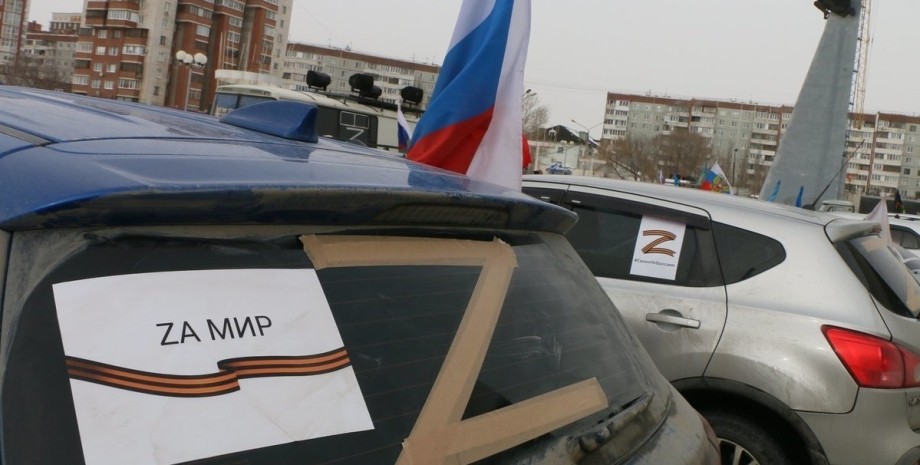

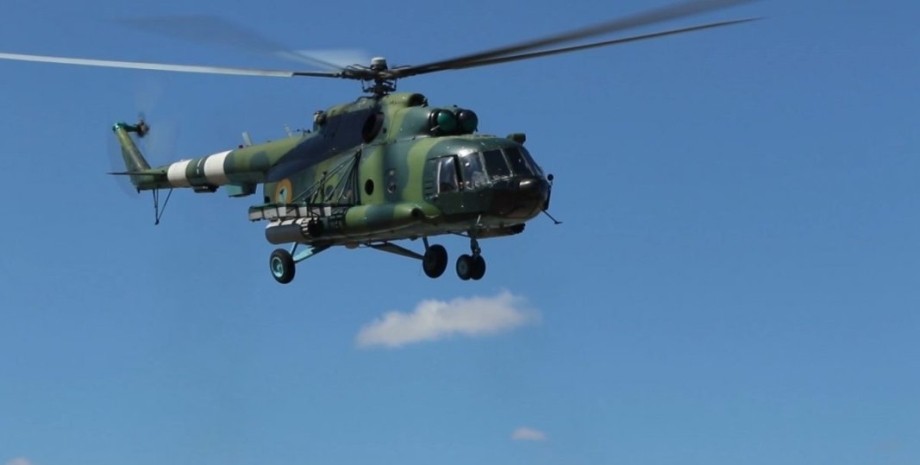


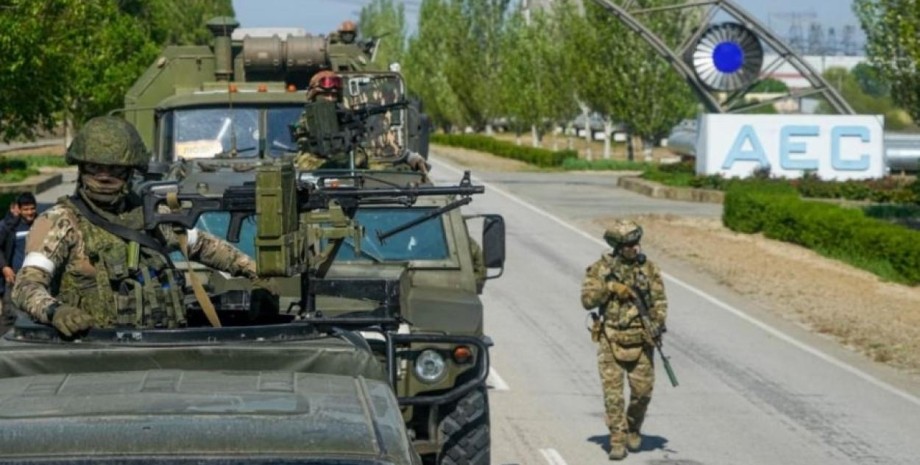


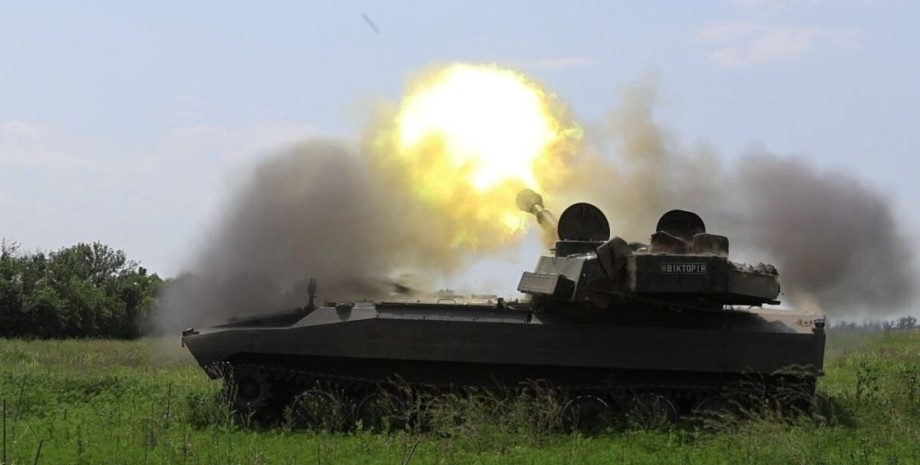











Všetky práva vyhradené IN-Ukraine.info - 2022